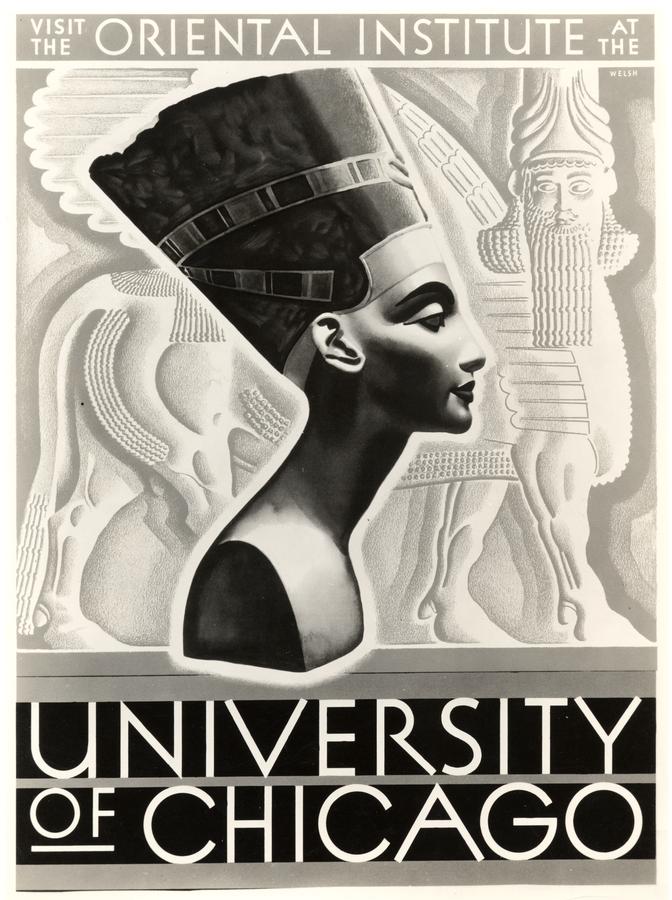The ANE email discussion list operated from the beginning of July 1993, with only a few short interruptions until February 16, 2006. It was moderated by me until shortly before my departure for Athens in the summer of 2005. The archive of traffic from the beginning until the end of 2001 is archived at the Oriental Institute Research Archives.
I have just discovered that the headers (at least) of the later archive, lost in Chicago when the listhost software was upgraded, remains visible and accessible at the Internet Archive's Wayback Machine. I'm led to believe that there are also some privately held archives of traffic for these years. I'd be grateful to know more about them.
The ANE archive is an interesting record of the interaction of a wide variety of scholars and interested laypersons from all over the world in the early years of electronic communication. I have been asked from time to time to write about the phenomenon, but I have not yet done so, except for a short note about the Nazism and ANE studies controversy, and in The Web Editor: 'Abzu and Beyond', in Ariadne 21 (23 September 1999).
ANE-2, the successor to ANE remains active to this day.
Tuesday, October 15, 2013
Thursday, October 10, 2013
News: Clues to Lost Prehistoric Code Discovered in Mesopotamia
Clues to Lost Prehistoric Code Discovered in Mesopotamia
By Owen Jarus, LiveScience Contributor | October 10, 2013 07:44am ET
By Owen Jarus, LiveScience Contributor | October 10, 2013 07:44am ET
Researchers studying clay balls from Mesopotamia have discovered clues to a lost code that was used for record-keeping about 200 years before writing was invented.
The clay balls may represent the world's "very first data storage system," at least the first that scientists know of, said Christopher Woods, a professor at the University of Chicago's Oriental Institute, in a lecture at Toronto's Royal Ontario Museum, where he presented initial findings.
The balls, often called "envelopes" by researchers, were sealed and contain tokens in a variety of geometric shapes — the balls varying from golf ball-size to baseball-size. Only about 150 intact examples survive worldwide today. [See Photos of the Clay Balls & Lost Code]
Read the rest
Subscribe to:
Posts (Atom)






 Stumble It!
Stumble It!

